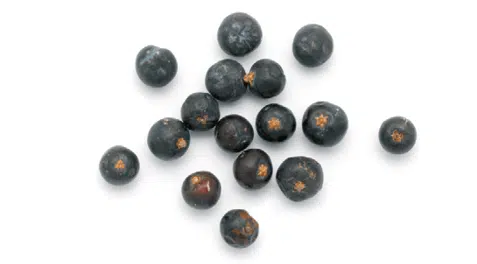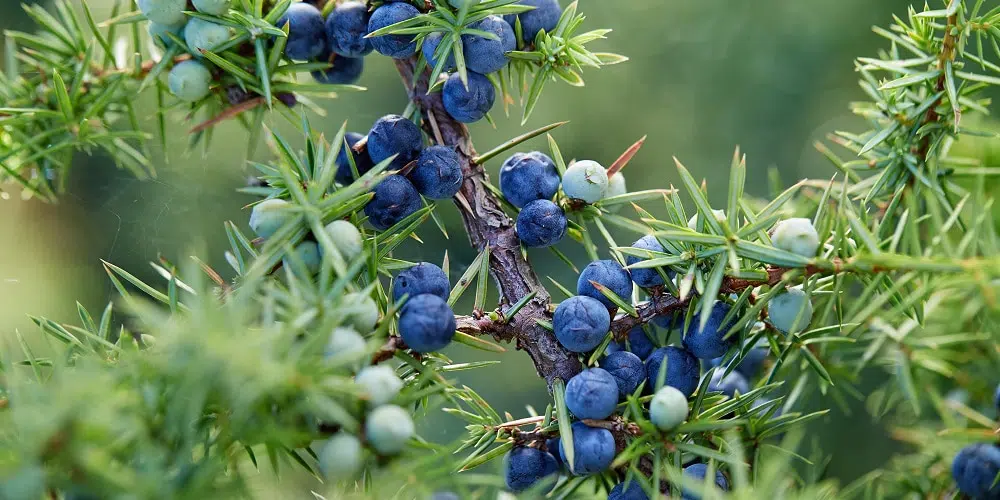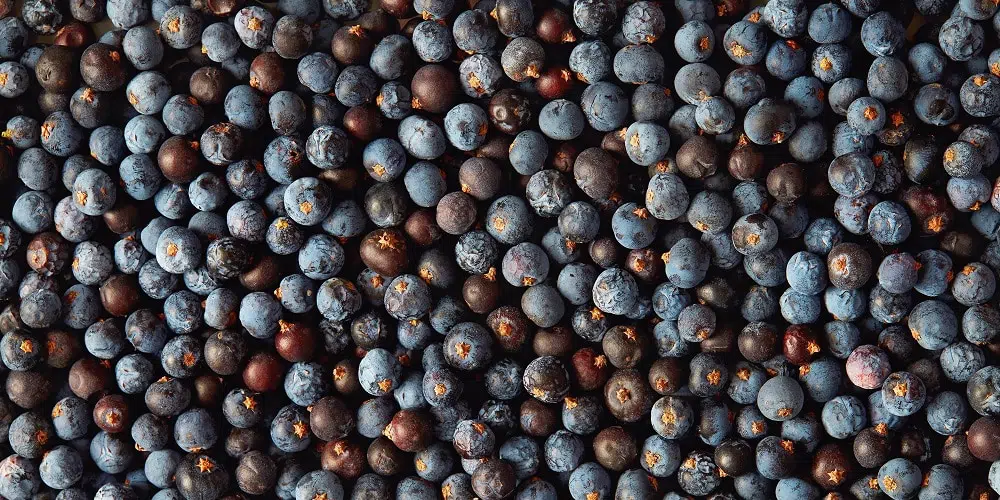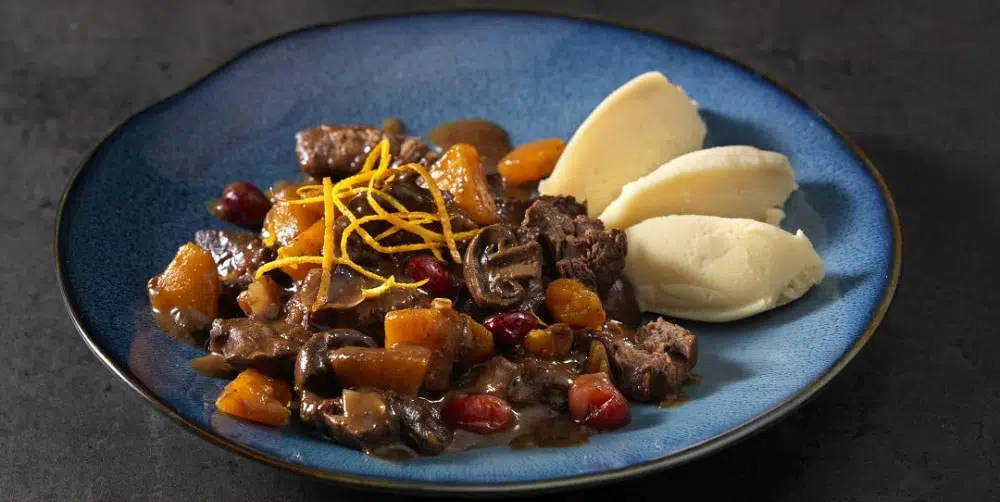Juniper
Juniper berries grow on evergreen trees or shrubs in the wild. The tree grows on poor rocky and sandy soil and can be up to 10 meters high. The berries have a woody, bittersweet smell and a slightly spicy, refreshing taste. Juniper is one of the few spices that grow in cold areas.
The origin of the spice lies in areas in northern Europe and the Alpine region. Italy and Macedonia currently produce the best varieties.




